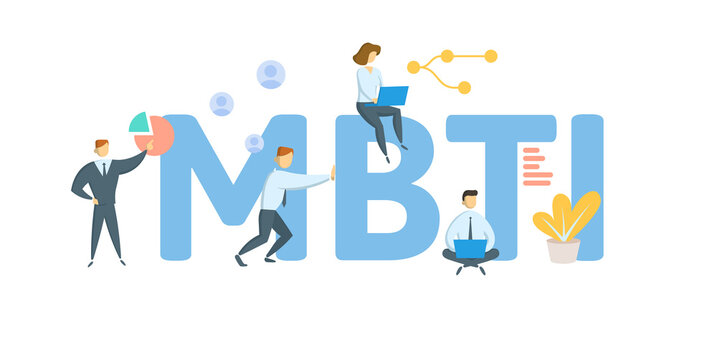

My personality type is ISFP, which stands for the Adventurer. People with such personality like freedom and hate being controlled, they often struggle with deadlines, and don’t like forcing their opinions on others.
Usually, Adventurers are not interested in controlling others and dominating – exactly because they don’t like giving orders and are not good at long-term planning. However, the ISFP type still can be a good leader – such people are creative, kind, and curious, and they easily adapt to any changes.
As I have mentioned above, Adventurers usually prefer not to become leaders. But when the project is personally important and significant to them, they can become highly motivated to take the lead. Because of personality preferences such as feeling overthinking, and prospecting over judging, ISFP people are generally good in understanding the concerns and needs of their colleagues and can lead by example, do not become dominating and authoritarian, and prefer to give quiet support.
This week we learned about two powerful tools, the SCARF model, and Non-violent Communication. The truth is, that you cannot become a good leader without understanding why your team behaves this way or another. This is where these tools become handy and save the day.
First of all, I asked myself a question: what leader do I want to be? Of course, as the ISFP personality type, I have my own strengths and weaknesses, but it doesn’t mean that I cannot improve and become a “better me” one day. Therefore, I made a list of qualities I want to have as a leader: efficient, understanding, helpful, respected, friendly, honest, flexible, effective in communication, focused, and empathetic. Let’s see, how the SCARF model and NVC can help me on my way.
The SCARF tool can help me to reduce threats and increase rewards, make an accent on the positive things, and empower my workmates to let their full potential bloom. In fact, it will be most effective to use it by understanding others. The SCARF model must be tailored according to the team I have – it is important to remember, that people are different, and an introvert can react quite the opposite things from an extrovert, for example. This model can also ensure that everyone at the workplace is able to perform well and stay motivated. Using the SCARF model, I can learn and understand how to become a good leader and realize how to efficiently maximize rewards for people I manage.
Nonviolent Communication can help me feel truly empowered, understood, and accepted. All these qualities are very important in a leadership role. I can learn, how to decrease tension in conflict situations, and establish an open, empathetic, and understanding relationship with my colleagues. Sometimes it is a more important thing than bringing the best solutions! Therefore, the importance of learning NVC for the leader lays in the necessity to become self-aware. In fact, it is a way of thinking and philosophy of not labeling others. I believe, that after learning Nonviolent Communication, I will become the empathetic and inclusive leader I want to be.
Word count: 511.
References
Owens M. (n.d.). ISFP – The Composer. Retrieved from https://www.truity.com/personality-type/ISFP/careers
Bránová M. (1 July, 2021). Nonviolent Communication in Leadership: Path to Inclusion and Empowerment. Retrieved from https://misa-branova.medium.com/nonviolent-communication-in-leadership-path-to-inclusion-and-empowerment-5ec46b616766
